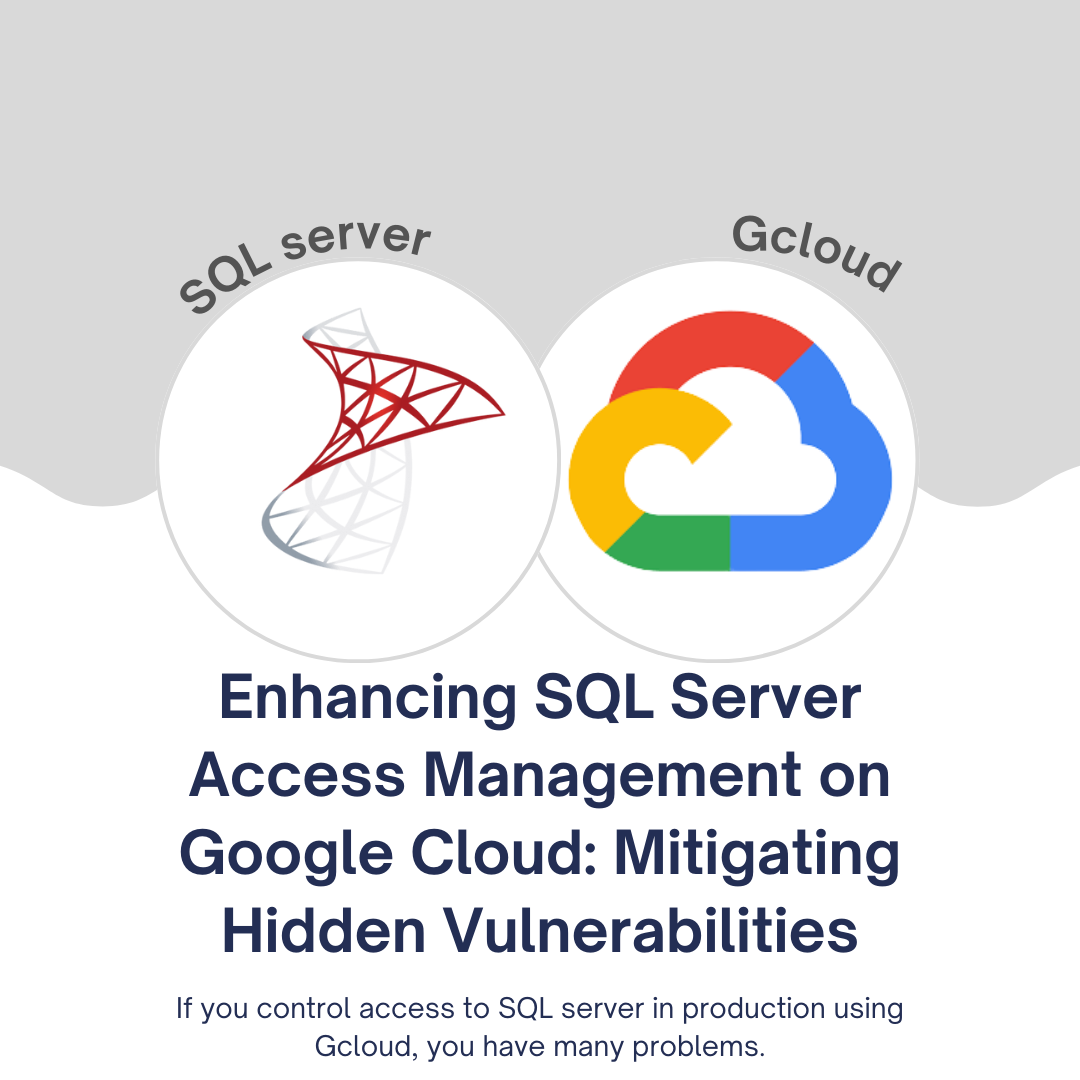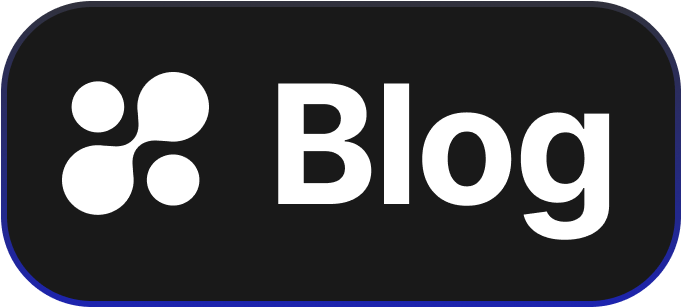Enhancing SQL Server Access Management on Google Cloud: Mitigating Hidden Vulnerabilities

If you're managing access to SQL Server in production using Google Cloud (gcloud), you might be facing a series of challenges that could compromise both security and efficiency. In this article, we will explore the five major problems associated with this approach, their potential impacts, and discuss practical steps to mitigate these issues.
The Challenges of SQL Server Gcloud Access
Access to SQL Server in a production environment is critical for maintaining product speed. Swift access to data is vital for troubleshooting, bug fixes, and incident resolutions. However, many teams struggle with inefficient access management solutions, leading to significant security risks and workflow inefficiencies.
The Hidden Vulnerabilities
- Single Sign-on & MFA: Lack of Single Sign-on (SSO) and Multi-Factor Authentication (MFA) can leave your SQL Server access susceptible to unauthorized entry.
- Audit Trials and PII Protection: Insufficient audit trials and data protection measures can jeopardize sensitive data and compliance with regulations such as GDPR, PCI, SOC2, and HIPAA.
- Compliance: Failure to meet industry-specific compliance requirements can result in legal and financial consequences.
- Developer Experience: Inadequate developer experience can hinder productivity and lead to slower access to SQL Server resources.
Mitigating Vulnerabilities: A 4-Step Approach
To address these hidden vulnerabilities and improve SQL Server gcloud access, follow these four strategic steps:
1. Gradual Integration of Essential Features
- Add SQL Server to Existing Systems: If you already use tools like Google Workspaces, you don't necessarily need a separate LDAP directory for SQL Server access.
- Implement SSO and MFA: While adding SSO to SSH or recording SQL Server sessions can be challenging, consider leveraging existing solutions such as AWS/Google Cloud Cloud Shell or Runops. Gradually integrate these features into your workflow.
- Prioritize Relevant Features: Focus on the features that matter most to your industry. For less regulated industries, prioritize Developer Experience, SSO, and MFA. Streamline the process to make SQL Server access as efficient as possible.
- Customize for Compliance: Highly regulated businesses, such as fintech companies, should prioritize compliance requirements like PCI. Accept that more steps may be needed initially, but ensure that you meet critical compliance standards.
2. Streamline Access Management
- Leverage Unified Solutions: Instead of using multiple tools for different access needs, consider using a single tool that can manage SQL Server, AWS/GCP, other databases, Kubernetes, and servers. This simplifies access management and reduces complexity.
- Unified User Experience: Although a single tool may offer a slightly less user-friendly experience for each use case, it's often more efficient than managing multiple tools separately.
3. Add Friction to Undesirable Access Methods
- Incentivize the Ideal Method: If an existing access method has security flaws but is the fastest, consider adding a friction point to discourage its use. For example, introduce a form submission step that slows down the process and encourages users to adopt a more secure approach.
- Gradual Improvements: Over time, work on improving the preferred access method to make it more convenient and user-friendly than the less secure option.
4. Make the Right Way the Easiest
- Balance Complexity: By adding complexity to undesirable access methods, you can guide users toward the more secure and compliant approach.
- User Adoption: While this approach may not be ideal, it can be effective when you lack the time and resources for a complete overhaul of your access management system.
In conclusion, addressing the hidden vulnerabilities of SQL Server gcloud access is crucial for maintaining security, compliance, and efficiency. By following these four steps, you can gradually improve your access management process, prioritize the right features, streamline access management, and encourage users to adopt secure methods, ultimately making the right way the easiest way to access SQL Server resources.
